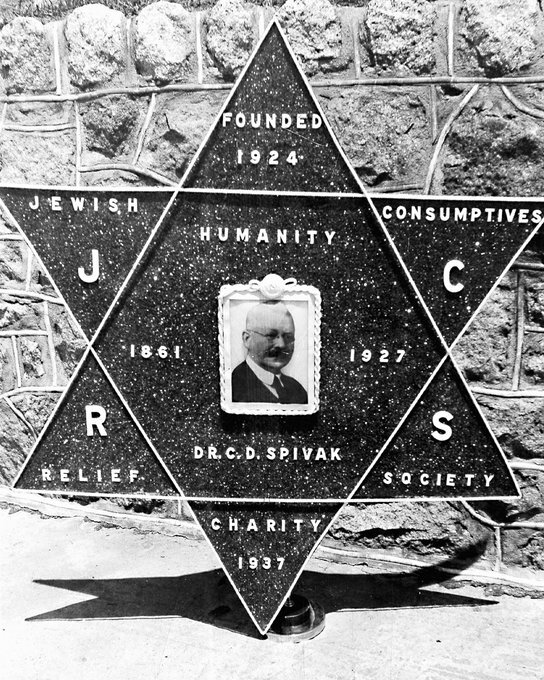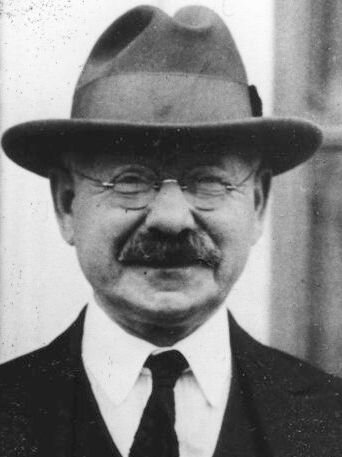There is a special rule about selling a house in a walled city in the Land of Israel. The seller has the right to buy back his property for one year. If he fails to do so in that time it becomes the permanent property of the buyer. This is learned from a verse in Leviticus:
ויקרא 25:30
וְאִ֣ם לֹֽא־יִגָּאֵ֗ל עַד־מְלֹ֣את לוֹ֮ שָׁנָ֣ה תְמִימָה֒ וְ֠קָ֠ם הַבַּ֨יִת אֲשֶׁר־בָּעִ֜יר אֲשֶׁר־[ל֣וֹ] חֹמָ֗ה לַצְּמִיתֻ֛ת לַקֹּנֶ֥ה אֹת֖וֹ לְדֹרֹתָ֑יו לֹ֥א יֵצֵ֖א בַּיֹּבֵֽל׃
If it is not redeemed before a full year has elapsed, the house in the walled city shall pass to the purchaser beyond reclaim throughout the ages; it shall not be released in the jubilee.
The next question is, what is meant by “a full year”? This is the subject of a dispute on today’s page of Talmud:
ראש השנה ו, ב
דְּתַנְיָא: ״שָׁנָה תְּמִימָה״, מוֹנֶה שְׁלֹשׁ מֵאוֹת וְשִׁשִּׁים וַחֲמִשָּׁה יוֹם כְּמִנְיָן יְמוֹת הַחַמָּה, דִּבְרֵי רַבִּי. וַחֲכָמִים אוֹמְרִים: מוֹנֶה שְׁנֵים עָשָׂר חֹדֶשׁ מִיּוֹם לְיוֹם
It was taught in a baraita: With regard to redeeming houses in a walled city the Torah states: “And if it not be redeemed within the space of a full year” (Leviticus 25:30), which indicates that he counts 365 days, in accordance with the number of days in a solar year; this is the statement of Rabbi Yehuda HaNasi. And the Rabbis say: He counts twelve months from day to day.
According to the great Rebbi Yehudah HaNasi (135-217 C.E.) a full year usually means a full solar year of 365 days. A solar year is the time it takes the earth to complete one revolution all the way around the sun. (Or for those of you living in a geocentric universe, that is the time taken for the sun to complete one revolution around the earth). Just like Rebbi, we assume that a solar year is 365 days long, but in fact it is a little less than 365 1/4 days: that is to say, 365 days 5 hours, 48 minutes and 46 seconds. Those extra five and a bit hours are the reason we have a leap year every four years or so, when they add up to almost another 24 hours. And there are other kinds of “solar” years.
The Solar Year
The solar year is the average amount of time it takes the sun to return to the same position as seen from the earth. It is usually measured from one vernal equinox to the next. (The vernal equinox is the day on which the length of day and of the night are equal.) You can see this on the drawing below, taken from H. A. Rey’s wonderful book The Stars (and yes, it is the same H.A. Rey of Curious George fame.) In the drawing, a solar year is the time it takes the sun (as seen from the earth) to orbit from one spring equinox to the next, which is about 365 days 5 hours 48 minutes and 30ish seconds, or 365.242 days.
The solar year is also known as the tropical year and it is also the length of our calendar year. In today’s page of Talmud when Rebbi referred to the “מִנְיָן יְמוֹת הַחַמָּה” or “the the number of days in a solar year” this is what he meant.
The sidereal year
Just like a spinning top the earth wobbles as it orbits the sun.
But there is another way of measuring the year, and it is the amount of time it takes the sun to appear against the same background of fixed stars. It is known as the sidereal year, from the Latin sidus meaning star. And a sidereal year is 20 min 24.5 seconds longer than a tropical year. The sidereal year is longer because of the precession of the equinoxes, the term given to the phenomenon that in addition to orbiting the sun, the earth is wobbling like a spinning top. As the earth returns to the same position it had one full solar orbit ago, the tilt of the earth is not now directly toward the Sun: because of the effects of precession, it is a little way "beyond" this. The sun does not line up against the background of the stars as it did one year ago, and we need to wait an additional few minutes for sun and earth to line up as they did then.
The lunar year
The rabbis were of the opinion that “the year” in question is the period of twelve lunar months that make up a regular (non-leap) Jewish year. That would be 354 days, which is 11 days and some shorter than a solar or sidereal year.
There is no “correct” way to count a year. It is a matter of convention. We have fiscal years and academic years, draconic years and sothic years. Today’s page of Talmud reminds us that so long as we are clear about what we are saying, a year can be defined in a number of different and interesting ways.
[The same passage appears in Yoma 65b, where this post originally appeared.]












